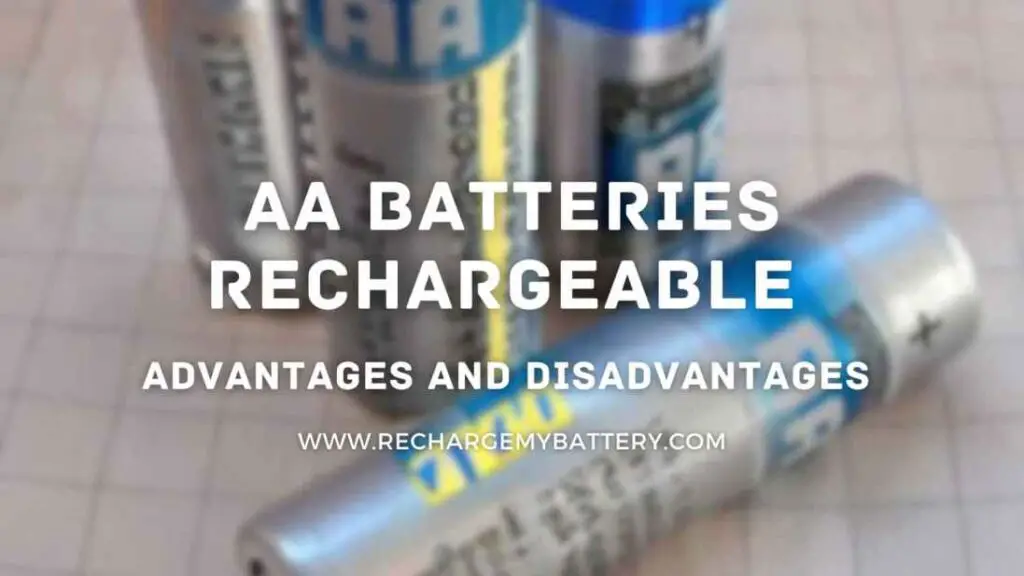One common concern among users is determining the charging time for these batteries. In this article, we will explore various methods and factors that affect the charging time of rechargeable batteries. Whether you’re a tech enthusiast or a regular user, this guide will help you understand how to optimize the charging process and maximize the lifespan of your rechargeable batteries.
Factors Affecting Charging Time
The charging time of a rechargeable battery depends on several factors. Understanding these factors will help you optimize the charging process and ensure efficient performance. Let’s explore the key factors that influence the charging time:
Battery Capacity and Charging Current
The capacity of a battery, measured in milliampere-hours (mAh) or ampere-hours (Ah), indicates the amount of charge it can hold. The higher the capacity, the longer it takes to charge the battery fully. Additionally, the charging current, measured in amperes (A), determines how quickly the battery charges. A higher charging current can reduce the charging time, but it must be within the battery’s recommended limits to avoid damage or overheating.
Battery Chemistry and Charging Efficiency
Different battery chemistries have varying charging characteristics. Li-ion batteries, for example, have a higher charging efficiency compared to NiMH batteries. Charging efficiency refers to the amount of energy transferred to the battery during charging. It’s important to follow the manufacturer’s recommendations for charging rates and methods specific to the battery chemistry to ensure optimal charging efficiency.
Temperature and Charging
Temperature plays a crucial role in battery charging. Extreme temperatures, both high and low, can affect the charging time and overall battery performance. Charging a battery at low temperatures slows down the chemical reactions inside the battery, leading to longer charging times. On the other hand, charging at high temperatures can reduce the battery’s lifespan and potentially cause safety hazards. It’s advisable to charge batteries at temperatures within the recommended range for optimal results.
Charging Methods for Different Battery Types
Different types of rechargeable batteries require specific charging methods. For instance, Li-ion batteries should be charged using a constant current-constant voltage (CC-CV) charging algorithm, while NiMH batteries may follow a different charging profile. It’s essential to understand the recommended charging methods for your specific battery type to ensure safe and efficient charging.
Calculating Charging Time
Calculating the charging time for a rechargeable battery involves considering its capacity, charging current, and charging efficiency. Here’s a simple formula to estimate the charging time:
For example, if you have a 3000mAh battery and a charging current of 1.5A, the calculation would be as follows:
Keep in mind that this formula provides an estimate and may vary depending on the battery’s condition, charging method, and other factors.
Tips for Efficient Charging
To optimize the charging process and prolong the lifespan of your rechargeable batteries, consider the following tips:
- Use the Right Charger: Always use a charger specifically designed for your battery type to ensure compatibility and safe charging.
- Avoid Overcharging: Overcharging can lead to reduced battery life and potential safety risks. Remove the battery from the charger once it reaches its full charge.
- Charge at Room Temperature: Charging batteries at moderate room temperature (around 20-25°C) provides the best balance between charging speed and battery lifespan.
- Follow Manufacturer Recommendations: Read the battery manufacturer’s instructions and recommendations regarding charging rates, methods, and any specific precautions.
- Avoid Fast Charging for Long-Term Battery Health: While fast charging may seem convenient, it can reduce the overall lifespan of the battery. Use fast charging sparingly and when necessary.
- Regularly Calibrate Battery: For some battery types, occasional calibration by fully discharging and then fully charging the battery can help maintain accurate capacity readings and performance.
FAQs
Q1: How do I find the charging time for my smartphone battery?
To find the charging time for your smartphone battery, check the battery capacity (usually specified in milliampere-hours, or mAh) and the charging current provided by the charger. Use the formula: Charging Time = Battery Capacity / Charging Current.
Q2: Can I use a charger with the higher current for faster charging?
Using a charger with a higher current than recommended by the device manufacturer can potentially damage the battery and reduce its lifespan. It’s always best to use the charger provided by the manufacturer or a compatible one.
Q3: Why does the charging time increase as the battery ages?
As rechargeable battery ages, their capacity gradually decreases. With a lower capacity, it takes longer to charge the battery fully, resulting in increased charging time.
Q4: Is it safe to leave the battery charging overnight?
It’s generally not recommended to leave a battery charging overnight or unattended. Overcharging can lead to safety hazards and reduce the battery’s lifespan. It’s best to unplug the charger once the battery reaches its full charge.
Q5: Are there any specific precautions for charging Li-ion batteries?
Yes, Li-ion batteries require careful charging to ensure safety. Avoid overcharging, extreme temperatures, and using damaged chargers. Follow the manufacturer’s instructions for proper charging and handling.
Q6: Can I charge different battery chemistries with the same charger?
Charging different battery chemistries with the same charger can be risky and may lead to damage or safety hazards. It’s crucial to use chargers designed for specific battery types to ensure safe and efficient charging.
Conclusion
Determining the charging time for a rechargeable battery is essential for efficient usage and maximizing its lifespan. By considering factors such as battery capacity, charging current, and battery chemistry, you can estimate the charging time and optimize the charging process. Remember to follow manufacturer recommendations, avoid overcharging, and charge at moderate temperatures for the best results. With the information provided in this article, you are now equipped to find the charging time for your rechargeable batteries and ensure their long-lasting performance.
Thank you for reading it.

